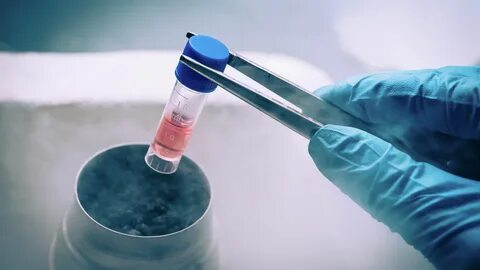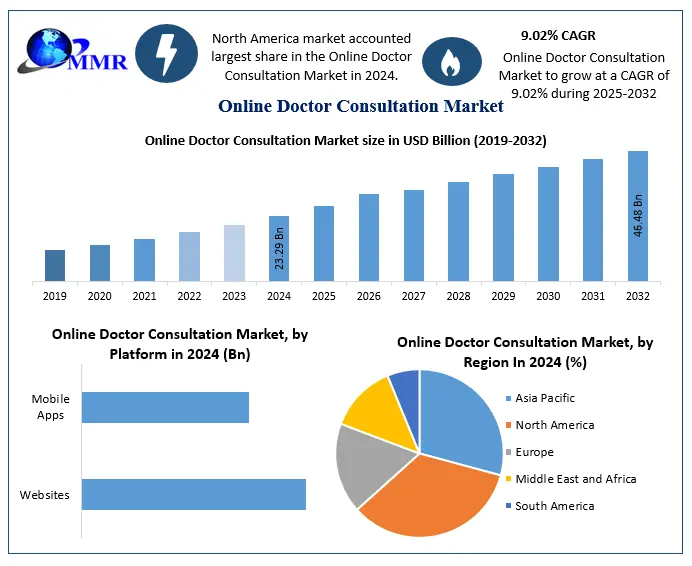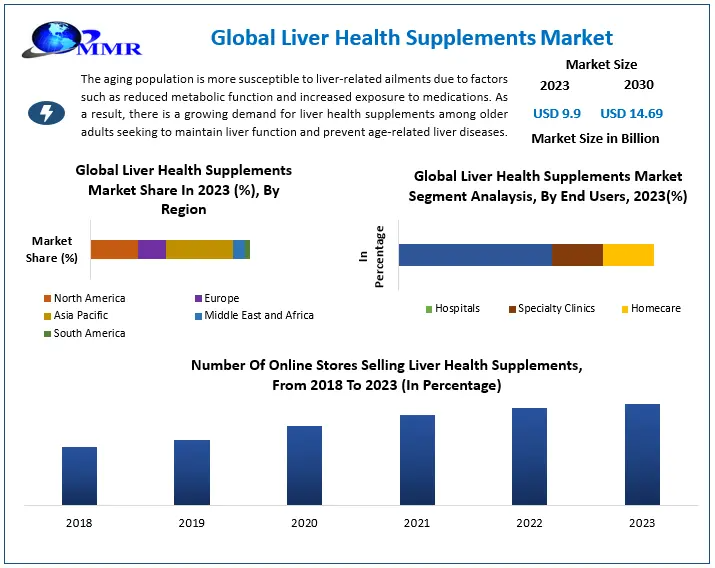Stem Cell Banking Market Estimated at USD 11.83 Billion in 2024; Surging Demand from Regenerative Medicine and Chronic Disease Prevalence
The Stem Cell Banking Market is estimated at USD 11.83 billion in 2024 and is projected to expand at a CAGR of 8.4% through 2032, reaching nearly USD 22.56 billion. This remarkable growth is driven by heightened awareness of stem cell therapies, advancements in regenerative medicine, and an increasing burden of chronic and genetic disorders worldwide .
Market Growth Drivers & Opportunity
Several factors are driving this market’s expansion:
1. Rising Chronic & Genetic Disorders
With the global prevalence of diseases such as leukemia, diabetes, and cerebral palsy on the rise, there’s a surging demand for personalized treatments—bolstering stem cell banking services. Leukemia alone commanded over 27.6% of application-wise demand in 2024 .
2. Advancements in Cryopreservation Technologies
Breakthroughs in low-temperature preservation and automated sample processing ensure high viability of stored cells, inspiring consumer confidence and enabling long-term biological insurance .
3. Supportive Government Policies & Infrastructure
Regions like North America and Europe benefit from robust regulatory frameworks and generous R&D funding. Asia-Pacific is rapidly improving infrastructure and public awareness, especially in populous nations such as India and China .
4. Personalized Medicine & Regenerative Therapies
Stem cell banking is integral to regenerative medicine. It serves emerging CAR‑T therapies and broad clinical research—epitomizing a shift toward tailored medical interventions .
Market Opportunities
-
Emerging Markets: Asia-Pacific is expected to register the highest growth as families in India, China, and other countries increasingly opt for cord blood banking .
-
Adult Stem Cells: Predicted to hold ~43.5% share by 2024, adult stem cells offer ethically simpler and clinically compatible alternatives .
-
iPSC and Embryonic Banking: Non-profit banks like EBiSC in Europe are expanding induced pluripotent stem cell (iPSC) repositories for research, opening doors for wider global R&D access .
Segmentation Analysis
Based on the Maximize Market Research report:
Source Types
Banked sources include placental (PSC), embryonic (hESC), bone marrow (BMSC), dental pulp (DPSC), adipose-derived (ADSC), and other novel biosources. Cord blood and tissue (from the umbilical cord) dominate the market due to ease of collection and broad therapeutic relevance .
Product Types
The portfolio ranges from adult stem cells, hESCs, to iPSCs—with adult stem cells capturing the largest share (~43.5%) owing to ethical clarity and clinical utilization .
Bank Type
Services are split into private and public banks. Private banks lead, with families opting to store cord blood for future personal use.
Service Types
The continuum includes sample collection, transportation, processing, analysis, and cryopreservation. Preservation and storage services dominate (~46.8%) as the backbone ensuring viability.
Utilization
Segments: used vs. unused samples—with a lean towards unused, aligning with preventative healthcare practices.
Applications
Key verticals include personalized storage, regenerative medicine, and clinical research. Leukemia banking leads (~27.6%), while diabetes-focused services are surging .
Country-Level Analysis
United States
Representing ~40% of North America’s share, the U.S. benefits from strong R&D funding, favorable regulations (e.g., FDA guidance), and advanced banking infrastructure .
Germany
Germany leads Europe in regenerative research and hosts non-profit repositories like EBiSC (iPSCs), supported by EU funding and academic-industry collaborations .
China
Experiencing rapid infrastructure upgrades and regulatory encouragement, China is both banking cord blood and investing in novel cell-based therapies .
India
Home to major private players (LifeCell, Cryoviva, StemCyte), India holds one of the world’s largest cord blood repositories and swiftly deploys community banking models .
Brazil
Adoption is growing, especially via public-private collaborations. Chronic disease prevalence and healthcare modernization create ripe opportunities.
Australia
Australia’s market is expanding via public banking initiatives and research-focused government funding, especially for adult stem cell and iPSC storage.
Competitor Analysis
The Maximize Market Research report lists 17 key players. Below are the top five by market presence and recent strategic developments:
1. CBR Systems, Inc.
As one of North America’s largest, CBR continues advancing cord blood processing protocols and expanding partnerships with pediatric oncology centers.
2. Cordlife Group Limited
Asia’s market leader with operations across India, China, Southeast Asia. It merged with HealthBaby HK in 2018, serves 150k+ units in India, and recently launched prenatal diagnostics alongside stem cell services .
3. Cryo‑Cell International, Inc.
Pioneers in the U.S., consistently innovating cryopreservation technologies and recently launched expanded sample analysis packages with genetic testing features.
4. LifeCell International Pvt. Ltd.
India’s largest private bank, storing 300k+ units, recently introduced a community banking option with OrbiMed funding (~₹255 cr in 2021) .
5. StemCyte India Therapeutics Pvt. Ltd.
Focused on pediatric therapies in India, StemCyte is scaling pediatric transplant partnerships and investigating mesenchymal stem cell applications.
Other notable players: ViaCord (U.S.), Cryo-Save (Europe), Cryoviva (India), Smart Cells (UK), Vita34 (Germany), BrainStorm Cell (Israel).
Recent Industry Moves:
-
JEI-SPIRIT community banking: LifeCell’s model allowing communal unit access for emergencies.
-
Acorn Biolabs: Launched North American service collecting hair-follicle-derived stem cells for anti-aging cryopreservation.
-
Abu Dhabi Biobank: Offered affordable Abu Dhabi cord blood banking in April 2025, expanding Middle East accessibility.
Conclusion
With a market value of USD 11.83 billion in 2024 and a projected rise to USD 22.56 billion by 2032 at an 8.4% CAGR, the global stem cell banking industry is entering a decade of transformation. Fueled by chronic disease prevalence, regenerative healthcare innovations, and supportive policy frameworks, this sector is central to the future of personalized medicine.
Account leaders like CBR, Cordlife, Cryo‑Cell, LifeCell, and StemCyte are advancing technological capabilities, raising public awareness, and expanding access—regional leaders like the U.S., Germany, China, India, Brazil, and Australia are pivotal in driving adoption.
With innovations in cryopreservation, adult/iPSC storage, and community banking models, stem cell banking is evolving beyond mere biological backups—it’s cementing itself as a cornerstone of modern healthcare. As global partnerships enhance R&D reach and regulatory regimes mature, this sector is poised to revolutionize disease treatment and offer families around the world lasting medical security.



